Listen to the paper
Taiwan has become a focal point in the competition between the United States and China in the Indo-Pacific. The island’s geographic position linking the Sea of Japan, the East China Sea, the South China Sea and the Indian Ocean means that it is a vital political entity within the Indo-Pacific that has the potential to disrupt sea lines of communication if a conflict occurs across the Taiwan Strait.
Furthermore, Taiwan’s place in the technology supply chain means that Taiwan and its signature industry, the Taiwanese Semiconductor Manufacturing Company (TSMC) and its fate, are not only a Taiwanese public good but a global public good.
A disruption in these technology supply chains, in particular semiconductors, would have regional and global repercussions in technology-based industries such as the automobile industry, military aircraft and technology such as iPads and iPhones.
Taiwan also plays a pivotal role within the Indo-Pacific in terms of its political identity. For instance, Taiwan has a robust democratic system, a free civil society, and a track record of successfully transferring power from one president to the other through peaceful democratic elections.
Its existence is a powerful counter-narrative to combat the Chinese Communist Party (CCP) position that democracy, freedom of press, civil society and other elements of western society are not only alien to Chinese civilization, but incompatible with Chinese culture.
This is even more important today as the CCP has made strenuous efforts to suppress what it terms “Western Constitutional Democracy,” “universal values,” and the promotion of “civil society,” “neoliberalism,” “historical nihilism,” and “the West’s idea of journalism,” among others things (ChinaFile 2013).
From this perspective, Taiwan’s role in combatting global authoritarianism needs to be understood. This is particularly the case when it comes to sea lines of communication, technology supply chains, and alternative narratives to governance, in particular, the strength and success of democratic institutions in Taiwan, which provide an alternative to Chinese narratives of centralized rule under a one-party system.
This paper examines Taiwan’s position within the Indo-Pacific. It focuses on the management of stable sea lines of communication, Taiwan’s increasingly critical role in supply chains, and the challenges of maintaining the status quo as an increasingly assertive China continues to use grey zone tactics and lawfare to pursue reunification with the mainland under CCP terms.
This paper ends by focusing on what Canada can do to ensure that Taiwan remains a global public good within a Canadian one-China framework.
Taiwan in the Indo-Pacific
Taiwan and its geographic position within the Indo-Pacific region links the Indian Ocean to the South China Sea, East China Sea and the Sea of Japan. These critical sea lines of communication are key conduits transporting at least US$5.5 trillion in imports and exports annually (CSIS 2021).
They are also critical for the import of energy resources to China, Japan and South Korea, respectively, the second, third and the 13th largest economies in the world.
Figure 1 shows the position of Lae Port owned by China Harbour Engineering Company, which is far from China’s crucial energy and major trade routes. However, the concerning thing is China’s capability to project military power into the South Pacific.

A disruption in these sea lines of communication would impact China, Taiwan, Japan, and South Korea. All three countries are critical economies to global prosperity and growth in the Indo-Pacific, a region that has become the centre of global economic dynamism and trade agreements.
One only needs to look at the Comprehensive and Progressive Agreement for Trans-Pacific Partnership (CPTPP), the Regional Comprehensive Economic Partnership (RCEP) and now the Indo-Pacific Economic Framework (IPEF), as advocated by the United States in May 2022.
Today, Taiwan faces an increasingly assertive China. Beijing has used opportunities such as the visit by Speaker of the House Nancy Pelosi to Taiwan in August 2022 to engage in military exercises in and around Taiwan and to normalize its presence in a way that allows it to ramp up military pressure quickly within the region.
This places a tremendous amount of strain on the Taiwanese Defense Force, which has to mobilize its air fighters to intercept Chinese fighters coming into its territory.
China’s August 2022 exercises were also significant in terms of Beijing’s response to the Pelosi visit, as we saw missiles being launched into the exclusive economic zones of Japan near its southern islands (Jiji News 2022), the launch of Chinese missiles over the airspace of Taiwan (Reuters 2022) and increased rhetoric about China’s intentions to force the unification with Taiwan (Chau 2022).
As China normalizes its presence in and around the island-nation, it will be increasingly difficult for Taiwan to maintain a robust engagement and defence posture. Simply put, the Taiwanese air force is increasingly challenged to respond to the frequent People’s Liberation Army (PLA) flights around Taiwan’s air defence identification zone (ADIZ).
This creates increased difficulties in terms of joint training with the United States and other like-minded states and complicates Taiwan’s ability to upgrade its defence systems to ensure that Taiwanese fighters remain robust, resilient and structurally sound after being stressed daily. It also raises concerns of whether or not Taiwan is investing in enough deterrence capabilities to deter the PLA from engaging in such provocations.
Taiwan’s central position within the sea lines of communication in the Indo-Pacific will continue to be critical. Friction has the potential to spiral into an accidental or intentional military conflict, which could jeopardize regional and global trade and supply chains. This would have the effect of further exasperating inflationary costs and downward trends in the region’s economy.
Taiwan and its semiconductor industry
The Taiwanese Semiconductor Manufacturing Company produces the lion’s share of the most sophisticated semiconductors that go into our iPads and iPhones, jet fighters, electric automobiles, and other electronics (Varas et al. 2021). The COVID-19 pandemic has already created bottlenecks in supply chains for technology and intimate semiconductors, causing automobile purchasers to wait one or two years to receive a vehicle that uses semiconductors (David 2022).
A conflict across the Taiwan Strait would further disrupt these semiconductor supply chains, putting the global economy in a position in which critical technologies are no longer available to developed and undeveloped economies.
Taiwan and its semiconductor industry will continue to be an important global public good and contribute to the global economic stability if peace and stability across the Taiwan Strait remains intact (Nagy 2022). Today, increased grey zone operations, such as the use of military training exercises in and around in Taiwan, place those technology supply chains at risk.
Some assessments suggest that the PLA could quickly seize Taiwan and acquire these critical technologies (Saballa 2022; Matthew 2022; Wang 2022). This possibility raises concerns about the monopolization or the weaponization of technology supply chains and the downstream concerns of how this would affect technological development, high-tech industries and the high-tech economies of South Korea, Japan and countries like Canada, the latter being home to Japan automobile manufacturers, tech companies and other industries that rely on semiconductors produced by TSMC.
We have seen interesting movement in terms of trying to create or diversify technology supply chains away from Taiwan. When President Biden visited President Yoon for their first bilateral summit in May 2022, one of his stopovers was at the Samsung semiconductor plant. Indeed, Samsung has the potential to play a bigger role within technology supply chains and semiconductor production globally (Kim 2022).
In addition, the Japanese government reach out directly to TSMC to relocate some of its manufacturing facilities to Japan (Kyodo News 2022). Nancy Pelosi also took the time to dine with TSMC executives during her visit to Taiwan (Whalen and Cadell 2022).
Alongside the CHIPS Act (The White House 2022a), which provides financing for domestic production of semiconductors within the United States, what we are seeing now is the active convergence of like-minded countries to work with Taiwan and TSMC to diversify the zones of production as well as build resilience into semiconductor supply chains.
This is meant to help ensure that supply chains are not weaponized or monopolized in the case of an accidental or intentional conflict with China.
Moving forth, stability and peace across the Taiwan Strait will continue to be important for both Taiwan and like-minded countries in light of how critical these technologies are to economic growth, dynamism, and innovation.
While China does have an interest in perhaps weaponizing or monopolizing the semiconductor supply chains through quickly acquiring TSMC and its assets and workers, we should be clear that the Chinese are also dependent on these semiconductors for their own economic development.
TSMC is not only a Taiwanese company, as its chief CEO said in an interview on CNN (Clause 2022); it is an international collaboration with Japanese suppliers, Danish equipment-makers, US designers, with TSMC putting all the technological ingredients together.
The international collaborative nature of TSMC’s products bolsters the argument that Taiwan is a global public good that needs to be protected and that resilience into its economy and its political system should be reinforced.
Concomitantly, peace and stability across the Taiwan Strait need to be secured by maintaining the status quo according to each country’s one-China policy. This will continue to be difficult for Beijing, as its one-China policy suggests that other countries recognize its position of Taiwan being a province of China whereas the one-China policies of the United States, Canada, Australia, Japan, and others are more nuanced – by acknowledging China’s one-China policy but in no way agreeing with it.
These countries understand that the so-called one-China policy, as articulated in the Shanghai Communique (Wilson Center Undated), was a creative piece of diplomacy to produce peace, defer conflict and find opportunities for the peaceful settlement of the cross-strait issue in future generations.
During the formulation of this initial communique, most stakeholders thought that China would gradually converge with other countries in terms of its international behaviour, both at home and abroad. Through convergence, the conditions of a peaceful reunification with Taiwan and China could be manifested.
Unfortunately, this convergence has not taken place. In fact, many countries are concerned with China’s divergence in terms of development, its domestic institutions and domestic control, which has created challenges in terms of our international system. Prominent scholars such as Tsinghua University’s Yan Xue Tong write:
China will work hard to shape an ideological environment conducive to its rise and counter Western values. For example, the United States defines democracy and freedom from the perspective of electoral politics and personal expression, while China defines democracy and freedom from the perspective of social security and economic development. Washington should accept these differences of opinion instead of trying to impose its own views on others. (Yan 2021).
In short, the CCP would like to change international institutions so that they are more aligned with the its interests.
Many countries, have deep concerns about what Chinese rule or greater Chinese presence within the region and in the international community means for issues such as human rights, rule-of-law, democracy, and of course, the governance of political entities such as Taiwan.
These concerns have become especially pronounced after the publication of the National Security Law in Hong Kong, which has fundamentally broken the Sino-British 1984 agreement allowing for freedom of press, rule-of-law and an open society.
This track record, alongside the Uyghur reeducation facilities (Xu et al. 2020) outlined in the recent Office of the High Commissioner for Human Rights report (OHCHR 2022), has raised concerns about what an authoritarian China intends to do to the current international rules-based system.
Taiwan as a democratic political entity
Taiwan is a democratic political entity with longstanding concerns about Chinese domestic governance practices and its increased influence within the region. It has an existential interest in ensuring Taiwan’s democratic system remains resilient, intact and continues to promote liberal democratic values such as human rights, democratic governance, freedom of press and open governance, allowing for law to not only control citizens but also political leaders.
With this in mind, Taiwan has a critical role in combatting global authoritarianism by continuing to be a resilient democratic society that champions human rights, freedom of press, rule-of-law, and a vibrant civil society that keeps its government in check. This will continue to be important as China tries to erode Taiwanese civil society and confidence in its governance through lawfare, grey zone tactics and other forms of coercion.
Countries like Canada and other like-minded countries should be concerned about the fate of Taiwan. A forced reunification would put sea lines of communication and technology supply chains in jeopardy and could give China a forward leaning position in the first island chain to the second island chain, potentially pushing out the United States from the western part of the Pacific Ocean (Figure 1). If this occurs, like-minded democratic societies like South Korea, Japan and others would be open to economic coercion or at least pressure from Beijing.
Under the late Prime Minister Shinzo Abe, we had seen Japan forthrightly and explicitly raise concerns about Chinese behaviour to Taiwan, stressing that what happens to Taiwan matters for Japan security (Prospect Foundation 2021). Senior Lawmaker Kono Taro reiterated Abe’s comments after the PLA’s August military drills around Taiwan by saying this behaviour “clearly shows that if anything happened with Taiwan that we will be affected” (Indo-Pacific Defense Forum 2022).
At his bilateral summit with President Biden, South Korean President Yoon Sukyeol likely echoed these concerns in their discussion on the importance of peace and stability across the Taiwan Strait (The White House 2022b).
We have also seen a growing number of statements between the United States and Japan, and statements from NATO as well, stressing that peace and stability in the Taiwan Strait is a global concern. These statements laid out the importance of a rules-based approach to international affairs, peace and stability in the region.
Taiwan’s future democratic political entity within the Indo-Pacific continue to rely on support from like-minded countries such as Japan, the United States, Canada, and other political entities such as the European Union, NATO, and other groupings.
At the same time, Taiwan needs to continue to build up its own democratic resilience, rule-of-law and civil society, allowing the island-nation to more successful resist various forms of pressure from Beijing.
Of course, Taiwan needs to be pragmatic. Any declaration of independence from Taiwan could create the conditions for China to launch a strike against the island-nation to prevent it from supposedly separating from China.
Taiwan should follow the wills of ordinary Taiwanese citizens by continuing to promote the status quo, strengthen their Taiwanese identity, and maintain peace and stability across the Taiwan Strait. After all, most Taiwanese prefer to maintain the status quo in some capacity (Figure 2).

Like-minded countries can support this initiative by building strong civil society interactions with Taiwan and working with various associations and unions to deal with challenges that exist between Taiwan and their neighbours.
Here, the agreement between the Japanese Fisheries Association and the Taiwanese Fisheries Association to jointly use fishery resources in and around the Senkaku Islands is an illustrative example (Japan Times 2013).
We need to find ways for Taiwan to engage in international institutions such as the World Health Organization, allowing it to share its experiences in combatting COVID-19, for example.
We can also find opportunities for Taiwan to participate in regional trade pacts such as the CPTPP or perhaps inclusion in the Indo-Pacific Economic Framework.
Here, China’s Belt and Road Initiative (BRI) model for engagement with non-state actors, as well as provinces and other actors in other countries, is an illustrative and useful approach to how we can engage with Taiwan.
Through the BRI, China has engaged with states such as Victoria, Australia or even cities, without the express permission of the federal government. This may be a model to find ways to include Taiwan in various international organizations and initiatives, embedding Taiwan in multilateral and multinational organizations without violating the one-China policy.
Conclusion
Taiwan’s future as a liberal democratic society will depend on resilience, deterrence, and engagement. The resilience will come from building multilayered, multinational connections with like-minded actors like Japan, Canada, the United States, and the European Union. This could include trade agreements, health initiatives and climate change initiatives.
On the deterrence side, we should continue to provide Taiwan the critical arms so they can defend itself. However, Taiwan needs to step up to the plate and invest in deterrence capabilities to ensure that a Russian-style invasion of Ukraine with Chinese characteristics does not become a reality in the Indo-Pacific.
Engagement continues to be a critical part of any kind of relationship with Taiwan. We need to continue engaging through universities, civil societies, health organizations, trade agreements, and technology sharing, such that Taiwan’s presence in the international system is normalized as a political entity within the context of the one-China policy.
Part-in-parcel of this approach will be strengthening our communication to both Beijing and Taipei about how other countries see Taiwan as a global public good (Nagy 2022).
Our collective priorities are the status quo, peace and stability across the Taiwan Strait and region and ensuring that Taipei and Beijing find a peaceful way to settle their disagreements and bring stability to the Indo-Pacific region.
Like-minded countries can contribute to this process. That process will mean strong messaging to both Beijing and Taipei that reunification by military means, grey zone tactics or lawfare is unacceptable to the international community because of the global good that Taiwan represents.
The same countries need to communicate clearly to Taipei that a unilateral declaration of independence by Taipei would not be supported by the international community because of its potential to result in a military conflict across the Taiwan Straits.
Canada should be proactive in strengthening the status quo across the Taiwan Straits by:
1) Advocating with other like-minded countries for Taiwanese participation in international organizations and agreements such and the World Health Organization, International Monetary Fund, Indo-Pacific Economic Framework, CPTPP and other agreements.
2) Canada should deepen civil society, business associations and universities partnerships to weave multilayered, multinational connections with like-minded actors like Japan, the United States and the European Union.
3) Canada should boost the number of Canadians that study in Taiwan and the number of Taiwanese that study in Canada.
4) Canada and Taiwan should continue to hold joint programs that foster democracy, freedom of press, civil society, rule-of-law and constitutionalism.
5) Canada should work with both Taiwan and Mainland China to establish lines of communication, maritime and airspace protocols, and emergency hotlines to enhance communication.
6) Canada should continue to engage with Taiwan through a clear articulation of Canada’s position regarding the one-China policy.
7) Canada needs to continue to explicitly communicate to Beijing that “Canada does not recognize Taiwan as a sovereign state and does not maintain official, government-to-government relations with Taipei.”
However, it should explicitly reject the use of force by Beijing to achieve its political ambitions towards Taiwan and that it does not support a unilateral declaration of independence by Taipei.
Download the paper
This paper was first published on October 6, 2022, at the website of Macdonald-Laurier Institute (MLI) https://macdonaldlaurier.ca/taiwan-and-the-indo-pacific-defending-a-global-public-good/.
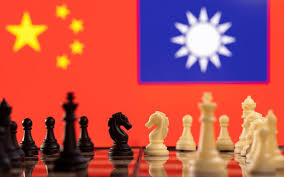
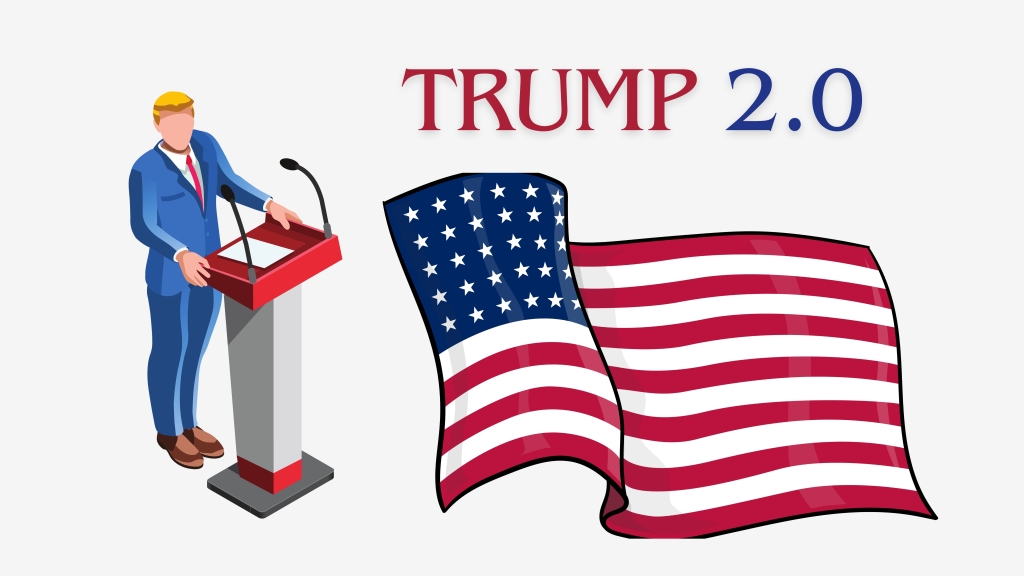
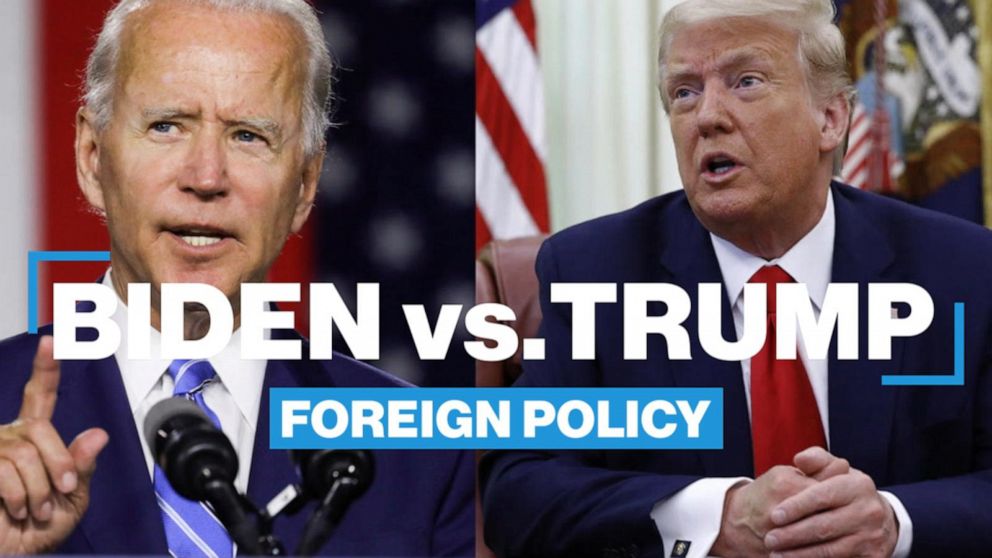
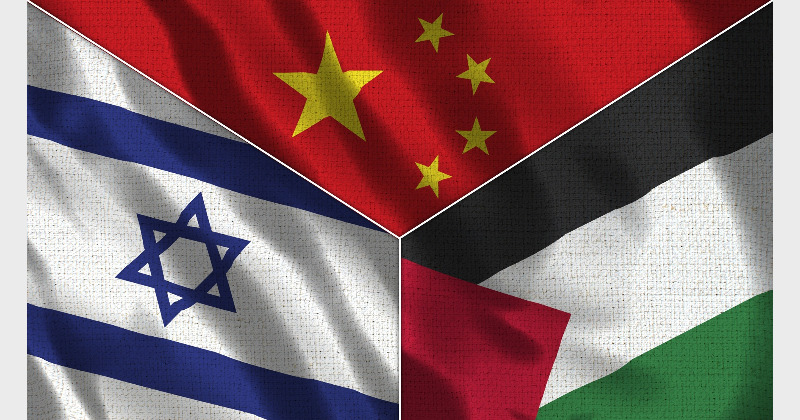
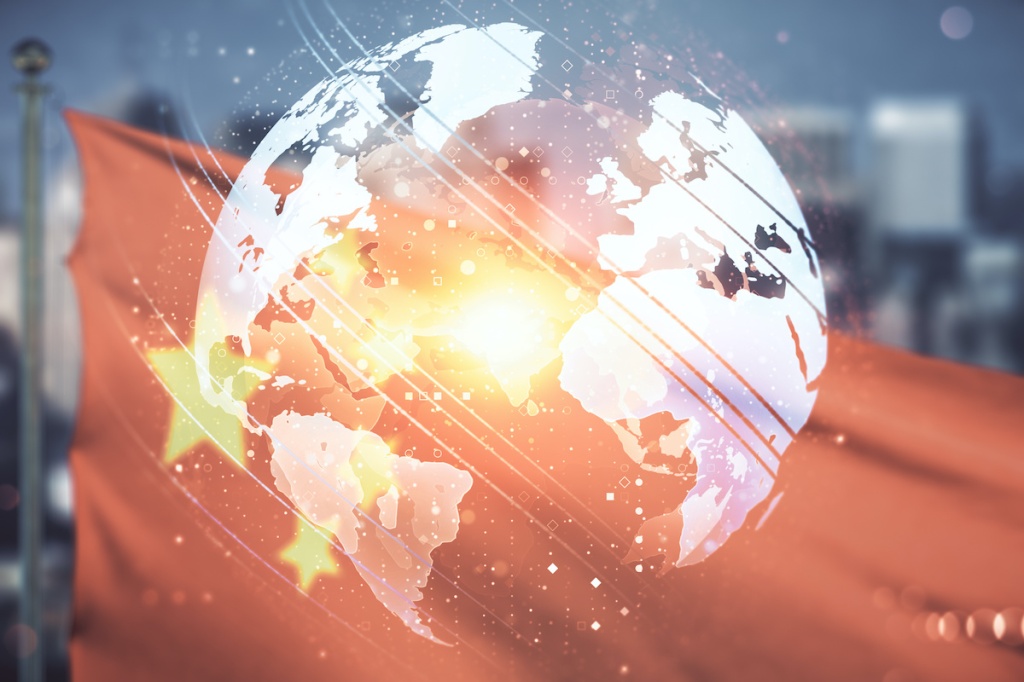
Leave a comment